Home>Articles>How To Pick A Paint Color For Your Living Room
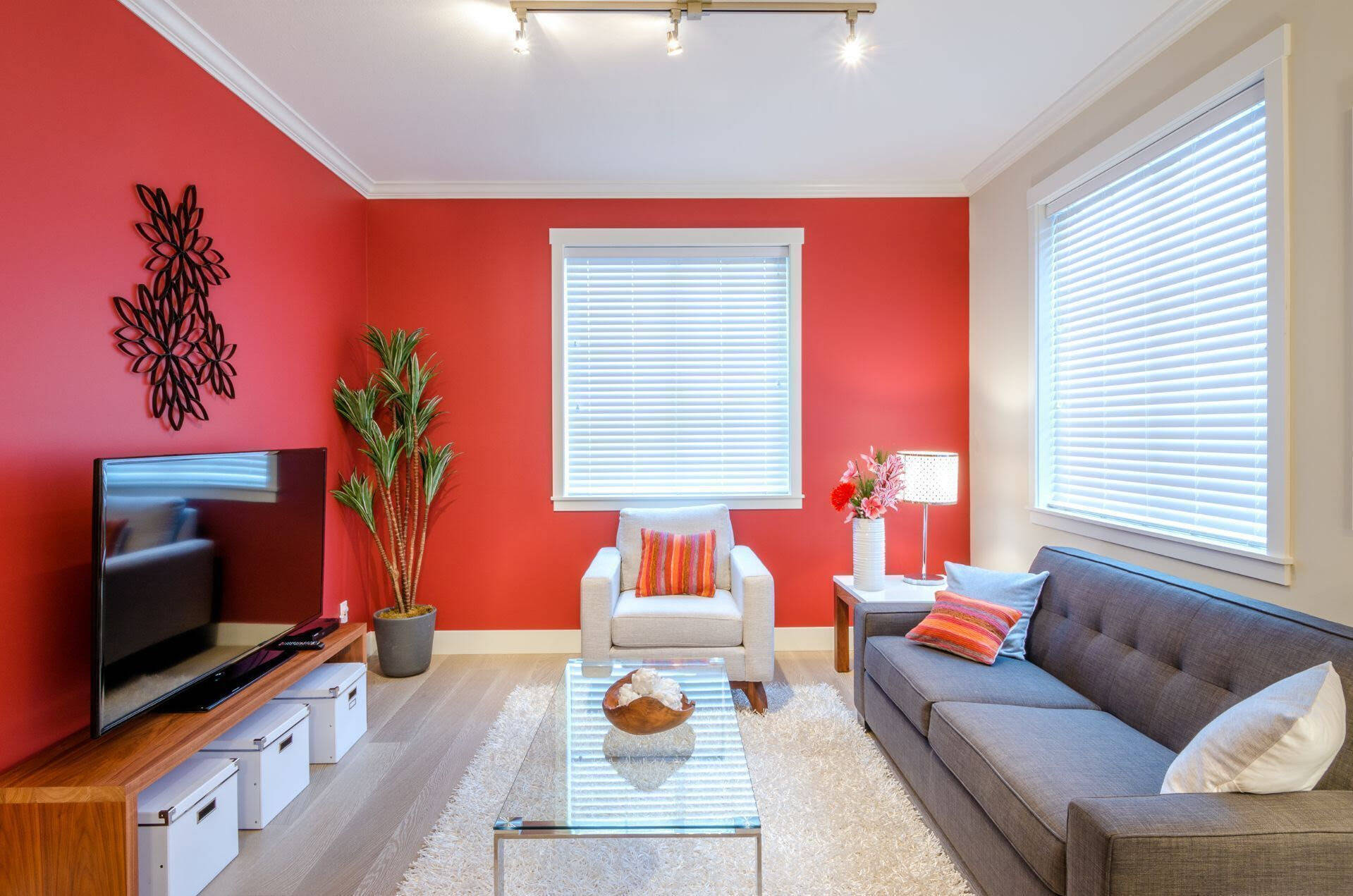

Articles
How To Pick A Paint Color For Your Living Room
Modified: August 16, 2024
Discover helpful articles on how to pick the perfect paint color for your living room. Get expert tips and advice on finding the right hue to create your desired ambiance.
(Many of the links in this article redirect to a specific reviewed product. Your purchase of these products through affiliate links helps to generate commission for Storables.com, at no extra cost. Learn more)
Introduction
Choosing the right paint color for your living room can be a daunting task. After all, the color you select will not only impact the overall aesthetics of the room but also influence the mood and ambiance. Whether you prefer a cozy and inviting atmosphere or a bold and vibrant space, finding the perfect paint color can transform your living room into a true reflection of your style and personality.
Before diving into the world of paint colors, it’s essential to understand the basics of color psychology. Colors have the power to evoke certain emotions and create different moods. For example, warm colors like red, orange, and yellow can create a sense of energy and excitement, while cool colors like blue, green, and purple can promote relaxation and calmness. By choosing the right color, you can create the desired ambiance and atmosphere in your living room.
Another crucial factor to consider when selecting a paint color is the lighting in your living room. Natural light, as well as artificial lighting, can significantly impact how a color appears in a space. A bright room flooded with natural light may provide the perfect canvas for experimenting with darker, bolder colors, while a room with limited natural light may benefit from lighter, softer hues. Carefully assess the lighting in your living room before making a color choice.
The size and layout of your living room should also play a role in your color selection process. Lighter colors tend to make a space feel more open and expansive, while darker colors can create a sense of intimacy and coziness. Consider the size of your living room and the overall layout when deciding between light or dark paint colors. You may also want to take into account the architectural details of the room, such as the height of the ceilings, to enhance or downplay certain features.
While color psychology, lighting, and room size are essential considerations, it’s crucial to remember that personal preference and style also come into play. Your living room is a reflection of your personality, and the color you choose should align with your tastes and preferences. While it’s always fun to follow trends, don’t be afraid to go with colors that speak to you personally.
In the next sections, we will explore the differences between warm and cool color tones, popular paint colors for living rooms, and the use of color swatches and samples to aid in decision-making. We will also discuss how to seek inspiration from interior design magazines and websites, and the impact that furniture and decor can have on your color selection. Finally, we will go over testing the paint color on a small area and seeking advice from professionals or experienced friends to ensure you make the best choice possible.
So, let’s dive into the wonderful world of paint colors and find the perfect shade to transform your living room into a space that reflects your style, mood, and personality.
Key Takeaways:
- Understanding color psychology, assessing lighting and room size, and considering personal style are crucial in choosing the perfect paint color for your living room. Trust your instincts and create a space that reflects your unique personality and taste.
- Utilize color swatches and samples, seek inspiration from interior design resources, and test paint colors on a small area to make an informed decision. Don’t hesitate to seek advice from professionals or experienced friends to ensure your living room reflects your vision.
Understanding Color Psychology
Color psychology is the study of how colors can influence human emotions, behaviors, and perceptions. When it comes to choosing a paint color for your living room, understanding the impact that colors can have on your mood and the overall atmosphere of the room is crucial.
Warm colors, such as reds, oranges, and yellows, are typically associated with energy, warmth, and excitement. These colors can create an inviting and vibrant atmosphere in your living room. They are well-suited for social gathering spaces or areas where you want to stimulate conversation and activity. However, it’s important to use warm colors in moderation as they can become overwhelming if used excessively or in large quantities.
Cool colors, such as blues, greens, and purples, have a calming and soothing effect. They can create a sense of tranquility and relaxation in your living room. Cool tones are particularly suitable for spaces where you want to unwind and de-stress, such as bedrooms or cozy reading corners. These colors work well in rooms with ample natural light or artificial lighting that mimics natural daylight.
Neutral colors, such as whites, grays, and beiges, offer a timeless and versatile option for living room paint colors. Neutrals are known for their ability to create a sense of balance and harmony in a space. They serve as a blank canvas and provide an excellent backdrop for showcasing furniture, artwork, or other decorative elements. Neutrals are also easy to incorporate into various design styles and can serve as a base color that you can build upon with accents and accessories.
When considering the psychology of color, it’s essential to keep in mind that individual preferences and cultural associations also come into play. While certain colors may generally evoke specific emotions, personal experiences and cultural background can influence how individuals perceive and respond to different colors. It’s crucial to choose a color that resonates with you personally and aligns with the overall mood and style you want to create in your living room.
Before making a final decision, it can be helpful to experiment with different color samples and observe how they make you feel in the space. Remember, the ultimate goal is to create a living room that reflects your personality and makes you feel comfortable and at ease.
In the next sections, we will explore how to assess the lighting in your living room and determine the size and layout, as these factors can greatly impact the appearance of colors in a space. We will also discuss popular paint colors for living rooms and how to use color swatches and samples to aid in the decision-making process.
Assessing the Lighting in Your Living Room
The lighting in your living room plays a crucial role in how colors appear and interact with each other. Understanding the different types of lighting and assessing the lighting conditions in your living room will help you make informed decisions about the paint color.
There are three primary types of lighting: natural light, ambient lighting, and task lighting. Natural light refers to the sunlight that enters the room through windows and skylights. It is dynamic and changes throughout the day, affecting how colors are perceived. Assess how much natural light enters your living room and at what times of the day it is most prominent.
Ambient lighting refers to the overall illumination in the room. It can come from ceiling-mounted fixtures, recessed lights, or wall sconces. The intensity and color temperature of the ambient light will influence the appearance of your chosen paint color. Consider whether your living room has bright or dim ambient lighting and whether the fixtures emit warm or cool light.
Task lighting is focused lighting used for specific activities, such as reading or working on a task. It can come from desk lamps, floor lamps, or table lamps. Task lighting can create localized pools of light in the living room, affecting how colors look in those areas. Take note of any task lighting that you have in your living room and its positioning in relation to the color of the walls.
Once you have evaluated the different types of lighting in your living room, take note of any challenges or advantages they present in relation to the paint color you want to choose. For example, if your living room lacks natural light, you may want to avoid using dark colors that can make the space feel even smaller and gloomier. Instead, opt for lighter or brighter shades that can help create an illusion of more light and space.
If your living room receives an abundance of natural light, you have more flexibility in terms of color choice. However, keep in mind that strong sunlight can wash out or bleach certain colors over time. Consider using colors with good colorfastness properties or choosing shades that are less susceptible to fading.
When it comes to ambient and task lighting, consider the color temperature of the light sources. Warm lighting, often associated with incandescent bulbs, can enhance warm color tones and make them appear more vibrant. On the other hand, cool lighting, like that of fluorescent or LED bulbs, can complement cool color tones and create a calming effect.
Lastly, don’t forget to test your chosen paint color under the actual lighting conditions of your living room. Paint a small area or use color swatches against the walls to see how the color is affected by natural light and artificial lighting. This step will help you visualize how the color will look in your space before committing to it.
By considering the lighting conditions in your living room, you can choose a paint color that interacts harmoniously with the various sources of light, creating a beautiful and inviting ambiance.
Determining the Size and Layout of Your Living Room
The size and layout of your living room play a significant role in determining the most suitable paint color. The right color can enhance the visual appeal and create an illusion of space, while the wrong color might make the room feel cramped or unbalanced. Understanding the size and layout of your living room will help you make informed decisions about color selection.
Start by measuring the dimensions of your living room, including the length, width, and height. This will give you a clear idea of the space you are working with. If your living room is small or has low ceilings, you may want to consider using lighter paint colors to create an open and airy feel. Lighter colors reflect more light, making the room appear more spacious.
Alternatively, if your living room is large or has high ceilings, you have more versatility in color choices. Darker or richer colors can add warmth and intimacy to large spaces, making them feel cozier. However, be cautious not to overwhelm the room with too many dark colors, as it may make the space feel heavy.
Consider the layout of your living room and how different colors can enhance or detract from its features. Are there any architectural elements, such as decorative molding or trim, that you want to highlight or downplay? Lighter colors can accentuate these details, while darker colors can create a more uniform look. Additionally, if you have large windows or a focal point in the room, such as a fireplace, you may want to choose a color that complements or contrasts with these features.
When it comes to determining the layout of your living room, consider the flow of the space and how colors can visually connect or separate different areas. If you have an open-concept living room, you may want to choose a color scheme that harmonizes with the adjoining rooms. On the other hand, if you have a separate living room, you can be more adventurous in your color choices without worrying about clashing with other areas of the house.
Remember to take into account the overall style and theme of your living room. Modern and contemporary designs often favor neutral or monochromatic color schemes, while traditional styles may embrace deeper, richer colors. Your chosen paint color should align with your personal style and complement your existing furniture and decor.
Lastly, keep in mind that the lighting conditions in your living room, as discussed earlier, can also affect how colors appear in the space. When combining the size, layout, and lighting factors, aim for a cohesive and balanced look that enhances the overall aesthetics of your living room.
By understanding the size and layout of your living room, you can select a paint color that maximizes the space’s potential and creates a harmonious and visually pleasing environment.
Considering Your Personal Preferences and Style
When it comes to selecting a paint color for your living room, it’s crucial to consider your personal preferences and style. Your living room should be a reflection of your personality and taste, creating a space that you feel comfortable and happy in.
Start by assessing your personal preferences in terms of color. Consider the colors that you are naturally drawn to and feel a connection with. Think about the colors that make you feel calm, energized, or inspired. It’s important to choose a color that resonates with you, as you will be spending a significant amount of time in your living room.
Take into account the existing style and decor of your living room. If you have a particular design style, such as modern, farmhouse, or eclectic, you may want to choose a paint color that complements that style. For example, cool and neutral tones work well for a modern and minimalist aesthetic, while warmer earthy tones may suit a farmhouse style.
Consider the furniture and decor that will be present in your living room. Think about how the paint color will interact and harmonize with these elements. If you have bold or vibrant furniture pieces, you may want to opt for a more neutral paint color to create balance. On the other hand, if your furniture and decor are neutral, you can experiment with more vibrant or unique paint colors to add interest and personality.
Think about how you want your living room to feel. Do you want it to be cozy and intimate, or light and airy? Warm colors like reds, yellows, and oranges can create a sense of warmth and intimacy, while lighter colors like whites, creams, and blues can create a bright and airy atmosphere. Consider the mood and ambiance you want to achieve in your living room, and choose a paint color that helps create that desired atmosphere.
Remember that trends come and go, and it’s essential to select a paint color that you will still enjoy in the years to come. While it can be tempting to follow the latest color trends, it’s important to choose a color that you genuinely love. Trust your instincts and go with what feels right for you.
Lastly, don’t be afraid to get creative and add your personal touch to your living room. Consider using accent walls, unique paint textures, or even a combination of different paint colors to create a custom look that showcases your style. Your living room should not only reflect your personal preferences but also be a space that you take pride in and enjoy spending time in.
By considering your personal preferences and style, you will be able to choose a paint color that speaks to you and creates a living room that is uniquely yours.
Choosing Between Warm and Cool Color Tones
When it comes to selecting a paint color for your living room, one important decision to make is whether to go with warm or cool color tones. Warm colors and cool colors have distinct characteristics and can create different moods and atmospheres in your space. Understanding the differences between warm and cool color tones will help you make an informed decision.
Warm colors, such as reds, oranges, and yellows, are known for their energy and vibrancy. They can create a cozy and inviting atmosphere, perfect for gathering spaces like living rooms. Warm colors tend to evoke feelings of excitement, passion, and intimacy.
Cool colors, on the other hand, include blues, greens, and purples. These colors are more calming and soothing in nature. They can create a sense of relaxation and tranquility in your living room. Cool colors often evoke a feeling of serenity, making them suitable for spaces where you want to unwind and de-stress.
When deciding between warm and cool color tones, consider the mood and ambiance you want to create in your living room. If you envision a lively and energetic space for socializing and entertaining, warm colors may be the way to go. These colors can make your living room feel dynamic and lively. However, be cautious about using too many warm colors, as they can become overwhelming and intense if used excessively or in large quantities.
If you prefer a calming and relaxing living room, cool colors might be more appropriate. These colors can create a sense of serenity and promote a peaceful atmosphere, making them well-suited for spaces where you want to unwind and relax. Cool colors can also visually expand the space, making them a great choice for smaller living rooms.
Additionally, consider the lighting conditions in your living room. Natural light and artificial lighting can significantly impact how warm or cool colors appear in a space. If your living room receives ample natural light, warm colors may appear even more vibrant and intense. Alternatively, cool colors can be a good choice for rooms with limited natural light, as they can help create a brighter and more refreshing ambiance.
Ultimately, the decision between warm and cool colors comes down to personal preference and the mood you want to set in your living room. You can also consider using a combination of warm and cool colors to create a balanced and harmonious look. For example, pairing warm wall colors with cool-toned furniture and accessories can create a visually stunning and well-rounded space.
Don’t be afraid to experiment and test different shades and tones before making your final decision. Paint color samples and swatches can be helpful tools in visualizing how warm or cool colors will look in your living room. Remember, the choice is ultimately yours, and it should reflect your personal style and the atmosphere you want to create in your living space.
By carefully considering warm and cool color tones, you can select a paint color that sets the right mood and creates a harmonious and inviting living room.
Exploring Popular Paint Colors for Living Rooms
When it comes to choosing a paint color for your living room, there are countless options available. To help you narrow down your choices, let’s explore some popular paint colors that are often used in living room designs.
1. Neutral Tones: Neutral colors like whites, creams, beiges, and grays are timeless and versatile choices for living rooms. They provide a clean and sophisticated backdrop that can complement a variety of furniture styles and decor. Neutral tones also create a sense of spaciousness and allow other elements of the room to take center stage.
2. Soft Blues: Soft blues, like light sky blue or pale aqua, are calming and serene colors. They can create a tranquil atmosphere, perfect for relaxation and unwinding. Soft blues work well with coastal or cottage-style living rooms, as they evoke the feeling of a calm, seaside retreat.
3. Warm Greys: Warm greys are a popular alternative to traditional beige or tan colors. These greys have subtle undertones of warmth, like taupe or greige. Warm greys create a cozy and inviting ambiance in your living room, adding depth and sophistication to the space. They pair well with both warm and cool color schemes.
4. Earthy Greens: Earthy greens, such as olive green or sage green, bring a natural and calming vibe to your living room. These colors are inspired by nature and can create a sense of tranquility and relaxation. Earthy greens work well in rooms with lots of natural light and can be paired with warm wood tones for a harmonious look.
5. Bold Jewel Tones: If you want to make a statement with your living room, consider using bold jewel tones like emerald green, sapphire blue, or deep purple. These rich colors add a touch of drama and luxury to the space. Jewel tones can be used on an accent wall or as pops of color through accessories and artwork.
6. Soft Greiges: Greige, a combination of grey and beige, has gained popularity in recent years. Soft greiges provide a modern and sophisticated look, and their versatility makes them suitable for a variety of design styles. They pair well with both warm and cool color schemes and create a serene and contemporary atmosphere.
7. Muted Pastels: Muted pastel colors, like blush pink, pale mint, or soft lavender, can bring a delicate and calming energy to your living room. These colors work well in rooms with plenty of natural light, adding a subtle pop of color without overwhelming the space. Muted pastels create a soft and feminine ambiance.
Remember, the best paint color for your living room ultimately depends on your personal style, preferences, and the overall mood you want to create. Consider the existing decor and lighting conditions, and don’t be afraid to experiment with different shades and combinations to find the perfect paint color for your living room.
By exploring popular paint colors and understanding their effects, you can make an informed decision that will transform your living room into a stylish and inviting space.
Consider the natural light in your living room when choosing a paint color. Rooms with lots of natural light can handle darker colors, while rooms with less light may benefit from lighter shades to create a brighter, more open feel.
Using Color Swatches and Samples for Decision Making
When it comes to choosing a paint color for your living room, it’s essential to use color swatches and samples to aid in the decision-making process. Color swatches and samples give you a tangible representation of how a particular color will look in your space, allowing you to make a more informed choice.
Color swatches are small cards or strips of paper that display various color options. They usually come in a wide range of colors, shades, and tones. Swatches are great for comparing different colors side by side and getting a basic idea of how they might look in your living room. They can be obtained from paint stores, home improvement centers, or even online. Consider collecting swatches of colors that you are considering or find visually appealing.
Once you have selected a few colors from the swatch options, it’s time to move on to paint samples. Paint samples are small containers of actual paint that you can apply to your living room walls. Applying samples allows you to see how the color will look in your specific lighting conditions, alongside your furniture, and in relation to the other elements in the room.
When using paint samples, start by preparing the surfaces you plan to paint. Clear the walls of any furniture or decor that might interfere with your evaluation. Clean the walls thoroughly and allow them to dry completely before applying the samples. It’s also a good idea to prime the walls beforehand, especially if they are currently a dark or vibrant color.
Once the walls are prepped, apply the paint samples onto a small section of the wall. The samples should be applied next to each other so you can compare them directly. It’s best to paint at least a 2-feet by 2-feet square to get a good sense of how the color will look. Allow the samples to dry completely before evaluating the colors.
Take your time to observe the samples under different lighting conditions throughout the day. Natural light, as well as artificial lighting, can significantly affect how a color appears. Observe the samples in the morning, afternoon, and evening to get a comprehensive understanding of how the color will look at different times of the day.
Consider how the paint samples interact with your furniture, flooring, and other decor elements in the room. Assess how the color complements or contrasts with these elements. This evaluation will help you determine if the color harmonizes with the overall aesthetic you want to achieve in your living room.
Additionally, pay attention to how the paint color makes you feel. Test how it aligns with the mood and atmosphere you want to create in your living room. A color that looks visually appealing may not necessarily evoke the right emotions or vibes in your space. Trust your instincts and choose a color that resonates with you.
By using color swatches and samples, you can make a more confident decision about the paint color for your living room. This process allows you to see how the color will look in your specific space, taking into account your lighting conditions and existing decor elements. Take the time to evaluate the samples thoroughly to ensure you choose a color that you will love for years to come.
Seeking Inspiration from Interior Design Magazines and Websites
When it comes to choosing a paint color for your living room, seeking inspiration from interior design magazines and websites can be a great starting point. These resources offer a wealth of ideas, trends, and inspiration to help you explore different color palettes and design styles.
Interior design magazines are a valuable source of inspiration for paint colors. Browse through the pages of reputable magazines to see how professional designers use color to transform living spaces. Look for features and articles that focus on living room designs, as they often showcase a variety of paint colors and provide insights into how different colors can create distinct atmospheres.
Online interior design websites and platforms are also excellent sources for inspiration. Websites like Houzz, Pinterest, and Instagram have vast collections of living room designs, where you can find images of beautifully decorated spaces. Utilize the search functions to find specific styles or color schemes that appeal to you. Save or pin the images that catch your eye to create a mood board for your living room project.
As you browse through these resources, pay attention to the colors that are commonly used and how they are incorporated into the overall design. Look for living rooms that are similar in size, layout, and lighting conditions to your own space. This will give you a better sense of how those particular colors might translate in your own home.
Take note of any color combinations or palettes that catch your attention. Many interior design magazines and websites provide information on the paint colors used in featured spaces, allowing you to replicate the look if it resonates with your style. Additionally, look for images that showcase different shades of a particular color to see how they can create a cohesive and harmonious palette.
While seeking inspiration from magazines and websites, keep in mind that everyone’s taste is different. Use these resources as a starting point to explore different possibilities and identify your own preferences. Don’t be afraid to think outside the box and adapt the ideas to suit your unique style and vision for your living room.
Once you have gathered inspiration and ideas, use them as a guide to narrow down your paint color options. Create a mood board or collage of images that represent your desired color scheme and overall aesthetic. Having a visual reference will help you stay focused and make more confident decisions when selecting your paint color.
Remember, seeking inspiration from interior design magazines and websites is a great way to explore different color possibilities and find a direction for your living room project. Let these resources spark your creativity and guide you towards creating a space that reflects your personality and style.
Considering the Impact of Furniture and Decor on Color Selection
When choosing a paint color for your living room, it’s important to consider the impact that your existing furniture and decor will have on the overall color scheme. Your paint color should not only provide a pleasing backdrop but also complement and enhance the other elements in the room.
Start by assessing the colors and tones of your furniture pieces. Consider the dominant colors and whether they are warm or cool tones. Warm-toned furniture, such as wooden pieces with reddish or orange undertones, can be complemented by warm paint colors like beige, taupe, or warm greys. Cool-toned furniture, such as metallic finishes or upholstery in blues or grays, can be enhanced with cool color choices like soft blues, greys, or lavender.
Take into account the size and style of your furniture as well. Large, bold furniture pieces can provide a statement in the room and influence the overall color scheme. For example, if you have a vibrant red couch, you might want to choose a more neutral paint color to balance the room and ensure the couch remains the focal point. On the other hand, if your furniture is neutral and understated, you can consider using a bolder or more vibrant paint color to add interest and personality.
Consider the textures and patterns in your decor as well. If you have patterned upholstery, curtains, or rugs, take the colors and patterns into account when selecting your paint color. You can choose a paint color that complements or contrasts with the patterns, depending on the look you want to achieve. Using complementary colors can create a cohesive and harmonious design, while contrasting colors can add visual interest and a dynamic feel to the space.
Keep in mind the overall style and theme of your living room. If you have a specific design style, such as modern, farmhouse, or traditional, you may want to choose a paint color that aligns with that style. Modern designs often favor neutral or monochromatic color schemes, while traditional styles may embrace richer and deeper colors.
One helpful tip is to create a mood board or gather visual references of your furniture and decor items alongside color swatches or paint samples. This allows you to visualize how the colors will work together and ensure a cohesive look. The goal is to create a harmonious and balanced color scheme that enhances the beauty of your furniture and decor.
While it’s important to consider the impact of furniture and decor on color selection, don’t feel limited by them. If you have your heart set on a specific paint color, work around it by incorporating complementary accessories or updating your decor over time. Remember, your living room should be a reflection of your personal style and taste.
By considering the impact of furniture and decor on color selection, you can create a cohesive and visually pleasing living room that showcases the beauty of your existing items while adding a fresh and inviting atmosphere.
Testing the Paint Color on a Small Area
One crucial step in choosing a paint color for your living room is to test the color on a small area before committing to it. Testing allows you to see how the color looks in your specific lighting conditions and how it interacts with the other elements in the room. This step ensures that you make an informed decision and avoid any surprises once the entire room is painted.
Start by selecting an inconspicuous area of the wall, preferably near a window or a source of natural light. Clear the area of any wall art or decor that may influence the perception of the color. Clean the wall surface and ensure it is free of any dust or dirt.
Apply a sample of the chosen paint color to the selected area. It’s best to paint a square or rectangular shape that is at least 2-feet by 2-feet in size. Apply two coats of paint to achieve a true representation of the color. Allow the paint to dry fully, following the manufacturer’s instructions.
Once the paint is dry, observe how the color looks under different lighting conditions. Natural light, as well as artificial lighting, can significantly affect the appearance of the color. Observe the color during different times of the day to get a comprehensive understanding of how it will look at various times.
Take note of how the color interacts with the other elements in the room, such as furniture, flooring, and decor. Assess whether the color complements or clashes with these elements. Consider how it makes you feel and whether it reflects the mood and atmosphere you want to create in your living room.
Use this testing phase to evaluate the color’s overall impact on the room. Look at it from different angles and distances to get a sense of how it will look once the entire room is painted. Take photos of the area and review them to see if the color translates as expected.
Keep in mind that paint colors may appear differently on walls than they do on a swatch or in photographs. Factors such as lighting, room size, and adjacent colors can influence how the color is perceived. Testing on a small area allows you to see the color in its actual environment and make adjustments if needed.
If you’re unsure about the color after testing, consider testing additional paint colors in different areas of the room. This will provide you with a comparative view and help you make a more confident decision. Remember, it’s better to take the time to test and be sure of your choice than to be disappointed with the final result.
By testing the paint color on a small area, you can evaluate its appearance and make any necessary adjustments before committing to painting the entire living room. This step ensures that you choose a color that you will love and enjoy for years to come.
Seeking Advice from Professionals or Experienced Friends
When choosing a paint color for your living room, seeking advice from professionals or experienced friends can provide valuable insights and guidance. These individuals can offer their expertise and personal experiences to help you make a well-informed decision.
Interior designers or color consultants are professionals who specialize in selecting colors and creating cohesive design schemes. They have in-depth knowledge of color theory, lighting, and how different colors coordinate with each other. Consulting with an interior designer can help you navigate through the vast selection of paint colors and ensure that you choose a color that aligns with your vision for your living room.
A professional can assess your space, take into account your personal preferences, and provide recommendations that suit your style and the overall ambiance you want to create. They can also guide you on color combinations, accent walls, and how to harmonize the paint color with your furniture and decor.
If hiring a professional is not within your budget, consider seeking advice from experienced friends or family members who have completed similar projects. They can share their firsthand experiences with choosing paint colors and offer insights based on their own successes and challenges.
Show them your color swatches, paint samples, or images of your living room to give them a better understanding of your vision. Ask for their opinions and suggestions on the best color options for your space. Their input can be valuable in helping you make a decision, especially if they have a good eye for design or have successfully transformed their own living rooms.
Additionally, consider sharing your ideas or seeking feedback from online communities or forums dedicated to interior design and home decor. Many online platforms have active communities where homeowners and enthusiasts share their experiences and provide support. You can post pictures of your living room and ask for opinions or advice on color selection. This can give you a variety of perspectives and insights from a diverse range of individuals.
Remember, while seeking advice, it’s essential to trust your instincts and make choices that align with your personal taste and style. Ultimately, you are the one who will be living in the space, and it should reflect your personality and make you feel comfortable and happy.
By seeking advice from professionals or experienced friends, you can tap into valuable expertise and gain insights to help you choose the perfect paint color for your living room. Their guidance can provide you with the confidence and reassurance you need to bring your vision to life.
Conclusion
Choosing the right paint color for your living room is an important decision that can significantly impact the overall atmosphere and aesthetic of the space. By taking into account various factors and following some key steps, you can make an informed decision that reflects your personal style and creates a welcoming environment.
Understanding color psychology and how different colors can evoke specific emotions and moods is essential. Consider whether you want a warm and energetic atmosphere or a cool and calming ambiance in your living room.
Assessing the lighting conditions and the size and layout of your living room will help you determine the most suitable paint color. Natural light, artificial lighting, and the architectural elements of your space can all influence how colors appear.
Consider your personal preferences and style when selecting a paint color. Your living room should be a reflection of your personality and taste. Don’t be afraid to explore different color options and find inspiration from interior design magazines and websites.
When making a decision, consider the impact of your furniture and decor on the overall color scheme. Choose a color that complements and enhances the existing elements in your living room.
Testing the paint color on a small area of your wall is crucial to ensure that it looks as desired in your specific lighting conditions and alongside your furniture and decor. Don’t hesitate to seek advice from professionals or experienced friends who can offer guidance and insights based on their expertise and experiences.
In conclusion, selecting the perfect paint color for your living room is a process that requires thoughtful consideration. By taking into account color psychology, lighting, layout, personal preferences, furniture and decor, and seeking advice when needed, you can make a decision that elevates your living room into a space that is aesthetically pleasing, comfortable, and tailored to your unique style.
So, take your time, trust your instincts, and let your creativity guide you in choosing the perfect paint color that transforms your living room into a true reflection of you.
Frequently Asked Questions about How To Pick A Paint Color For Your Living Room
Was this page helpful?
At Storables.com, we guarantee accurate and reliable information. Our content, validated by Expert Board Contributors, is crafted following stringent Editorial Policies. We're committed to providing you with well-researched, expert-backed insights for all your informational needs.
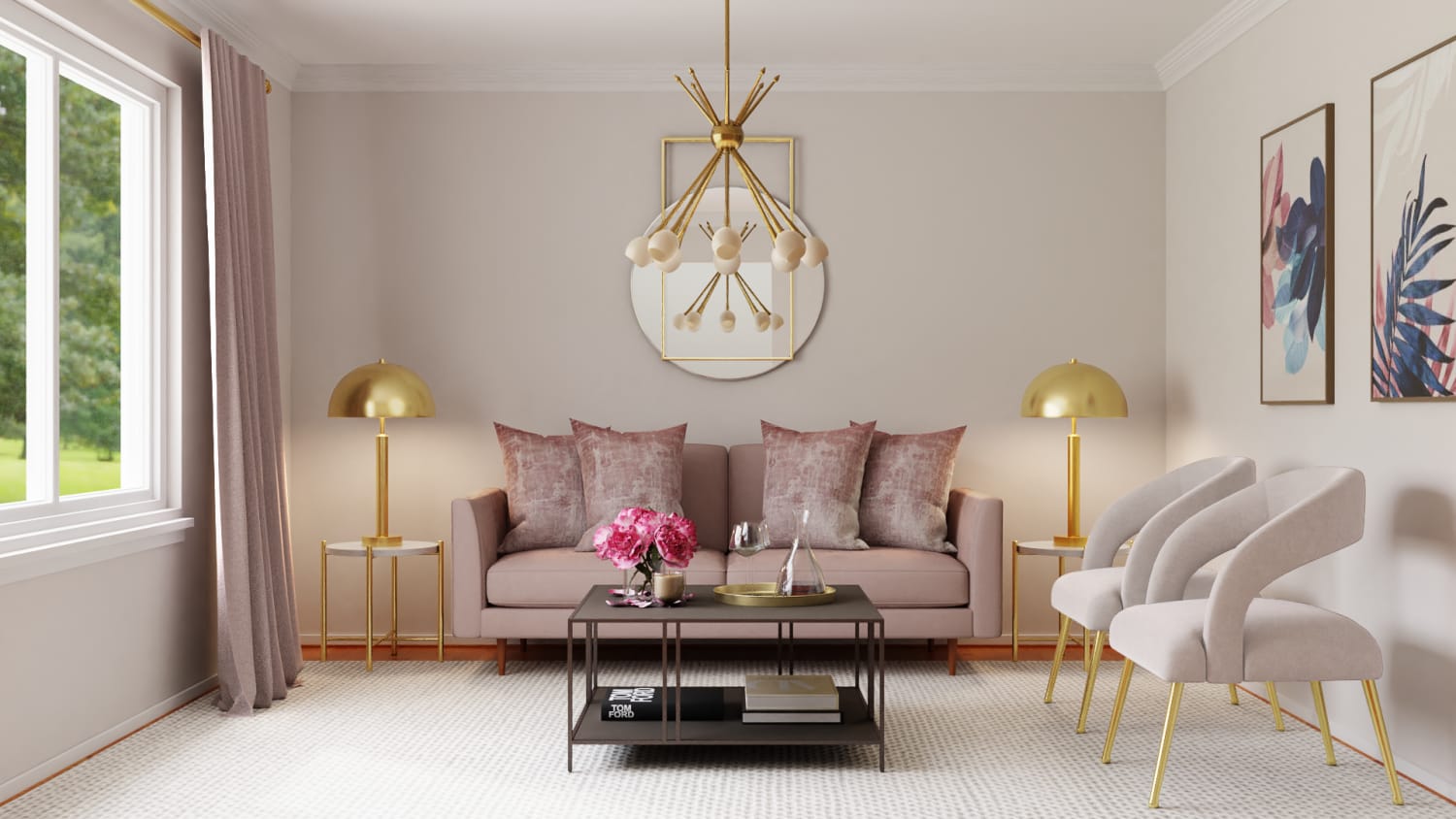
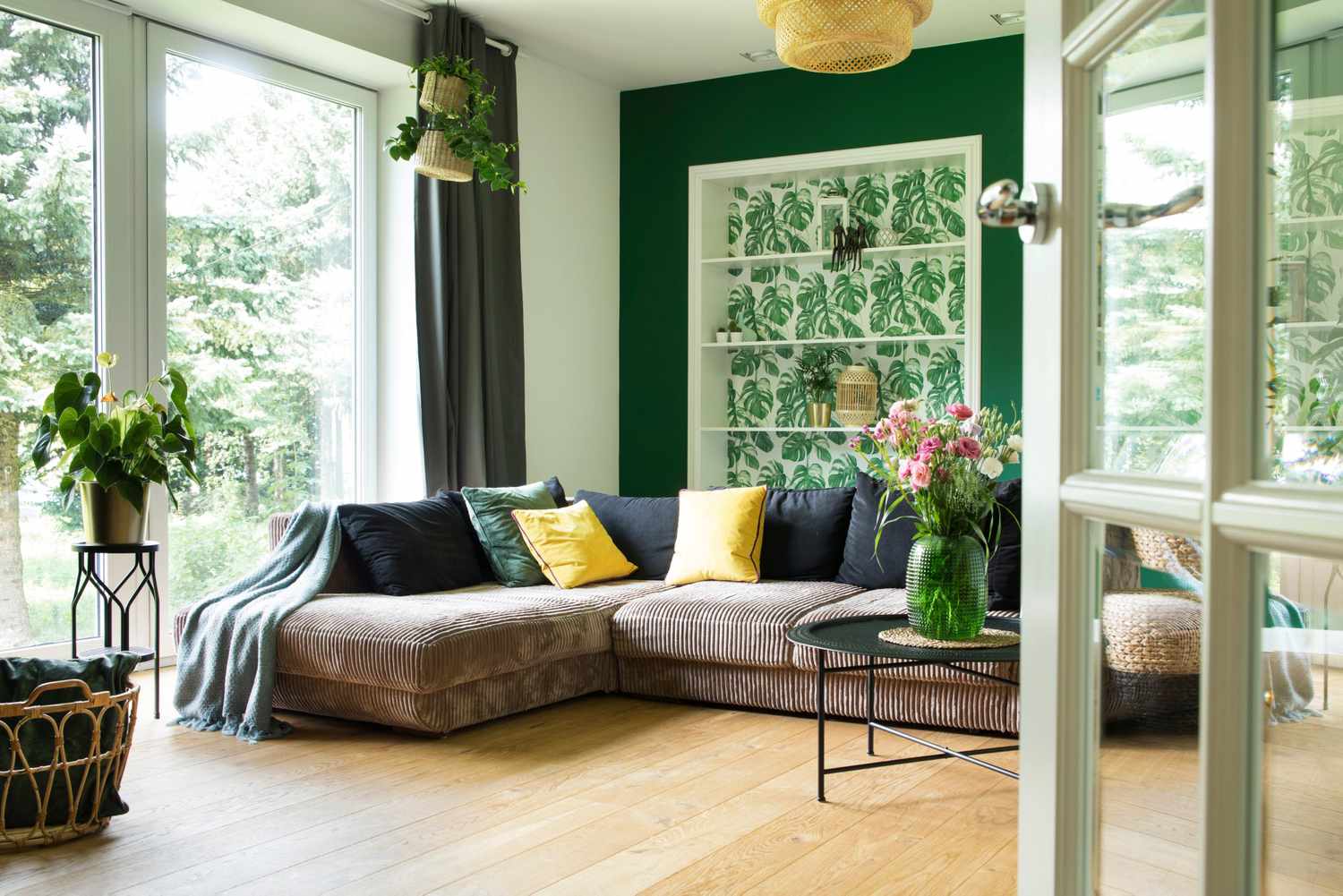
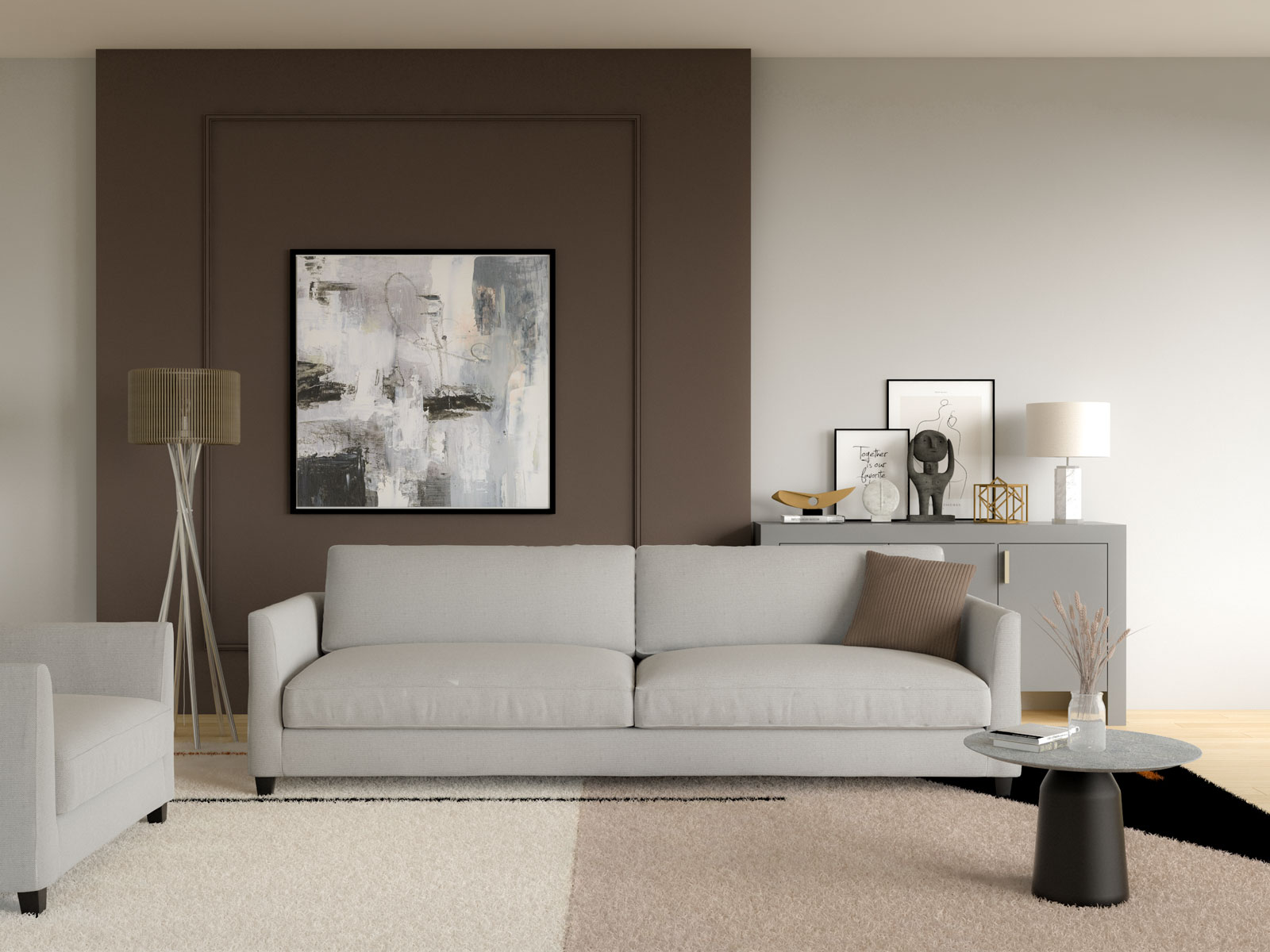
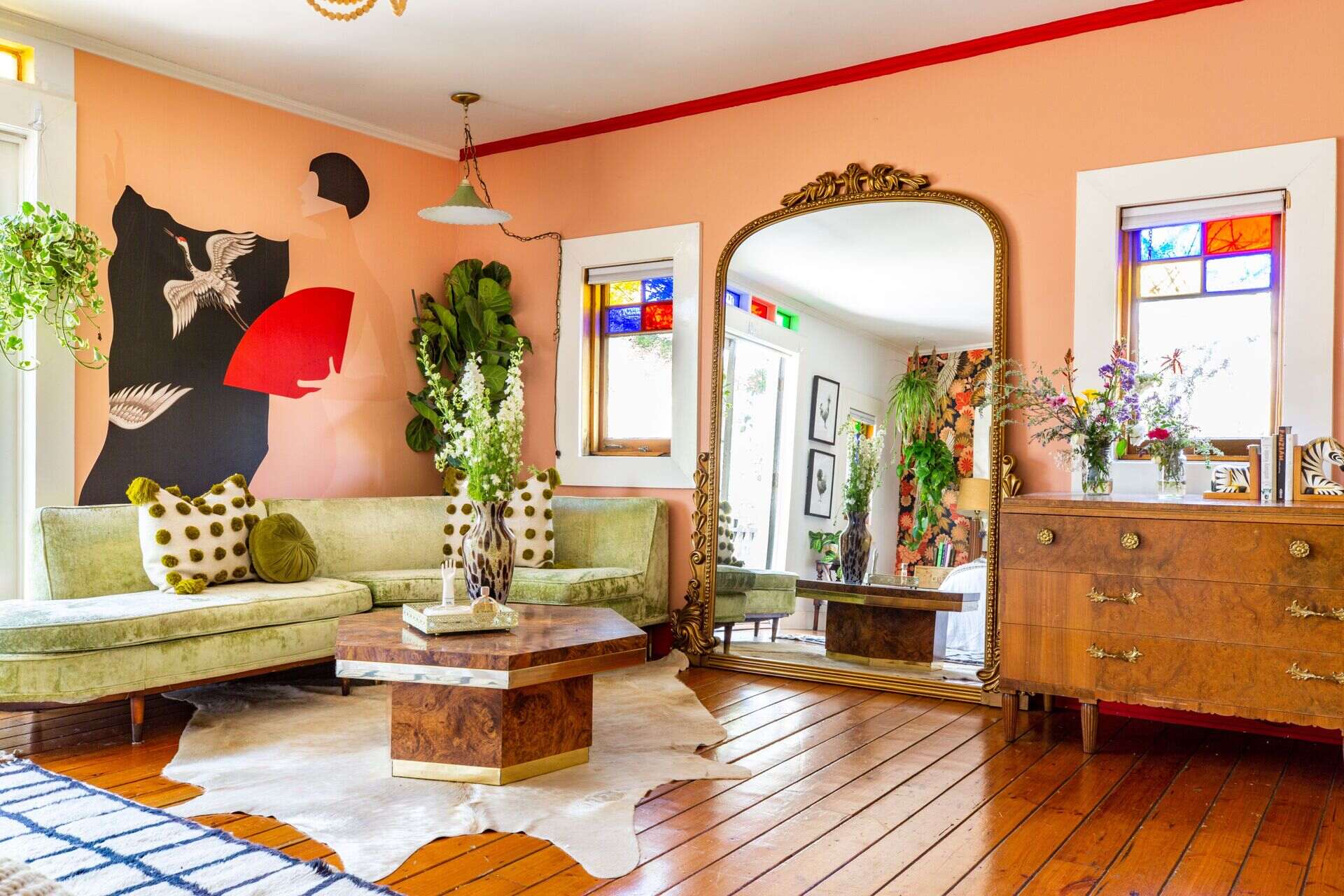
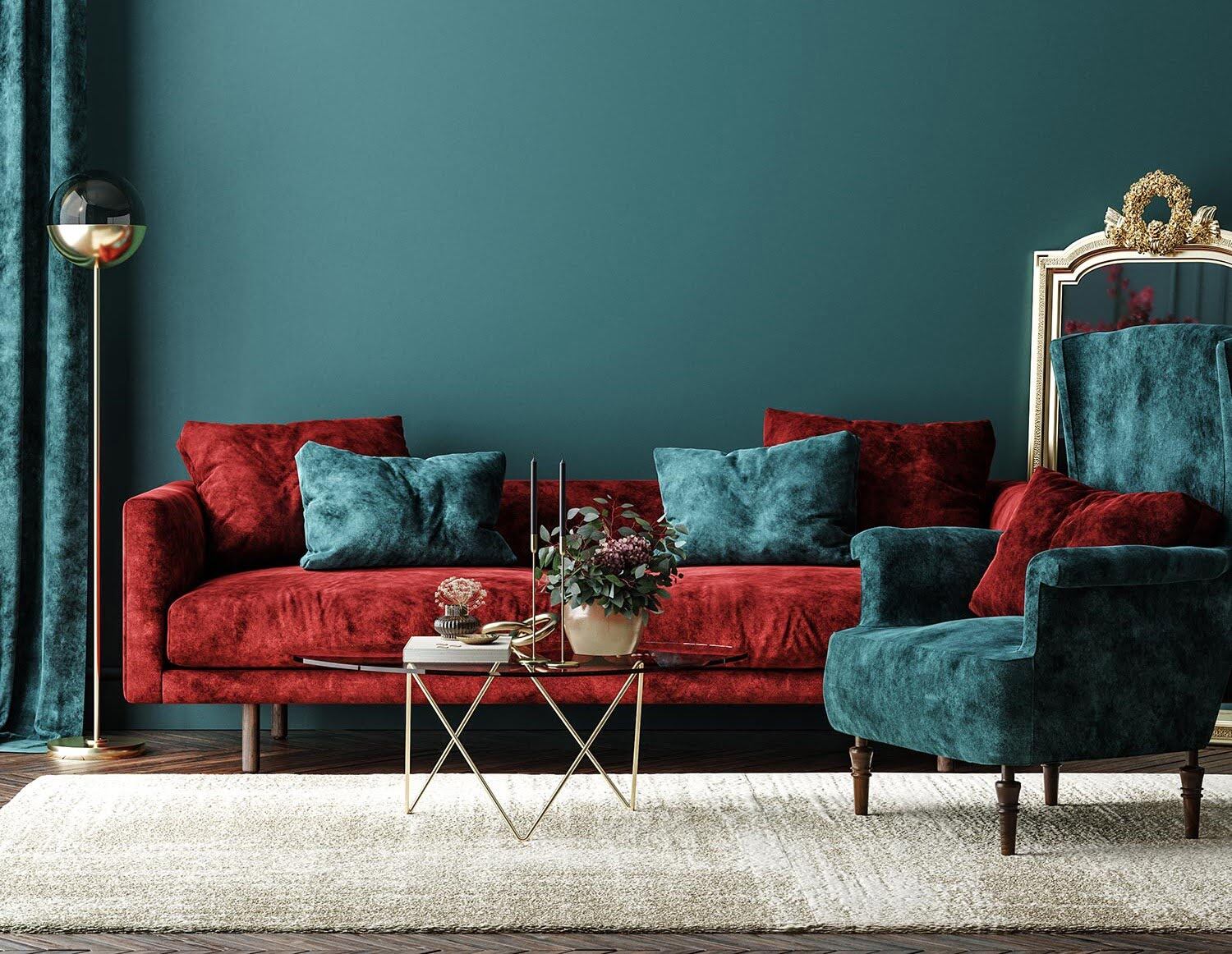
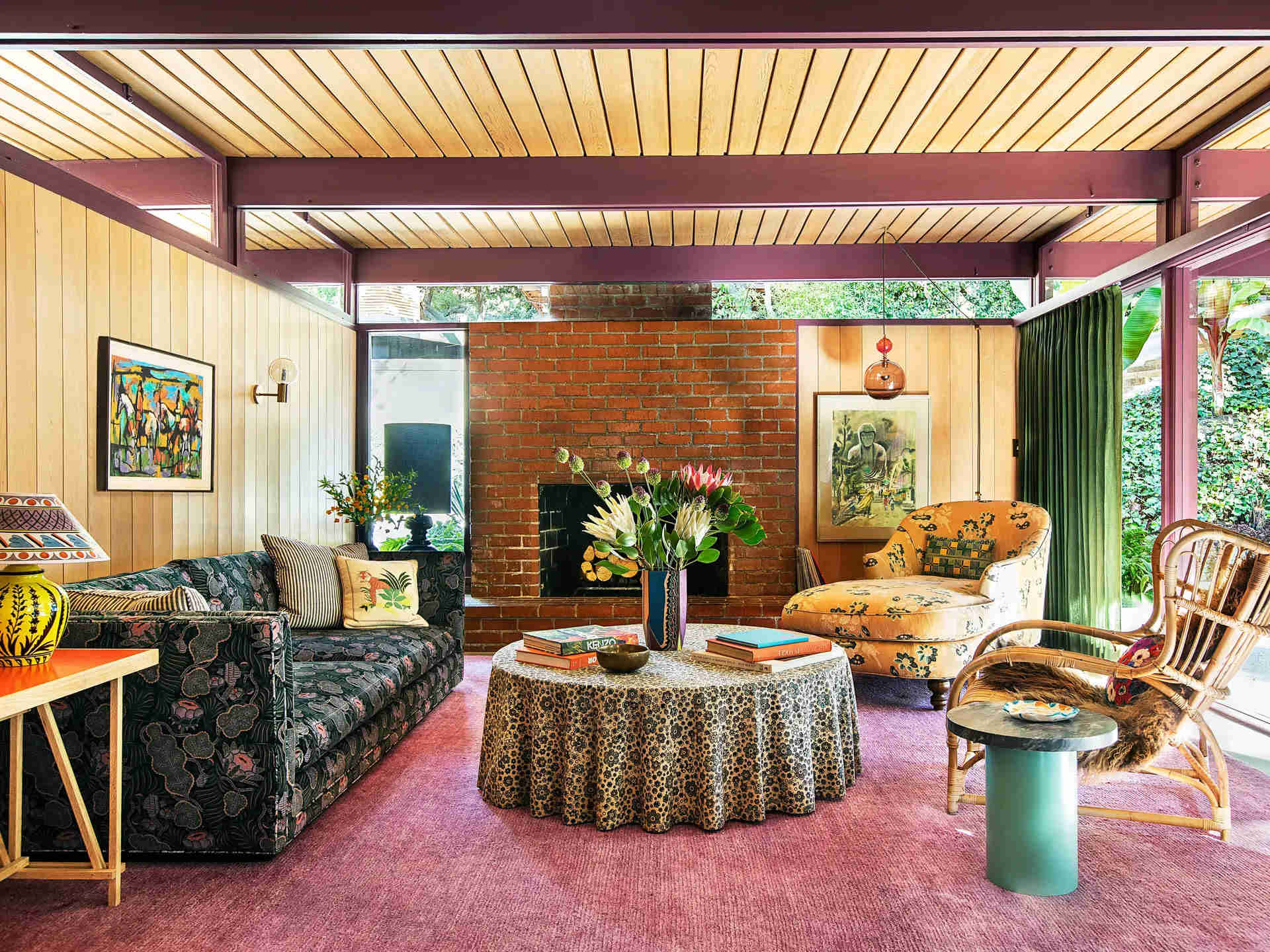
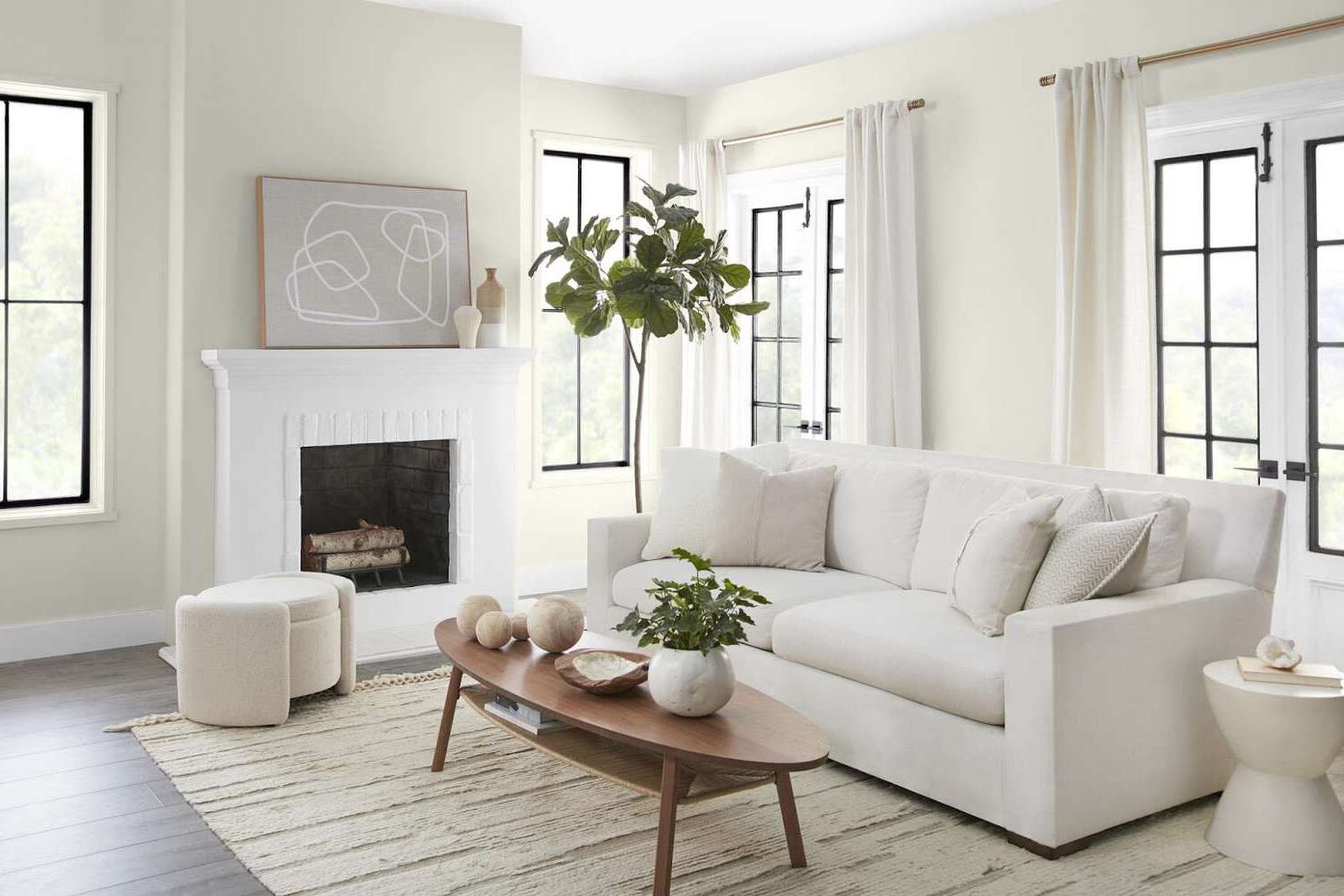
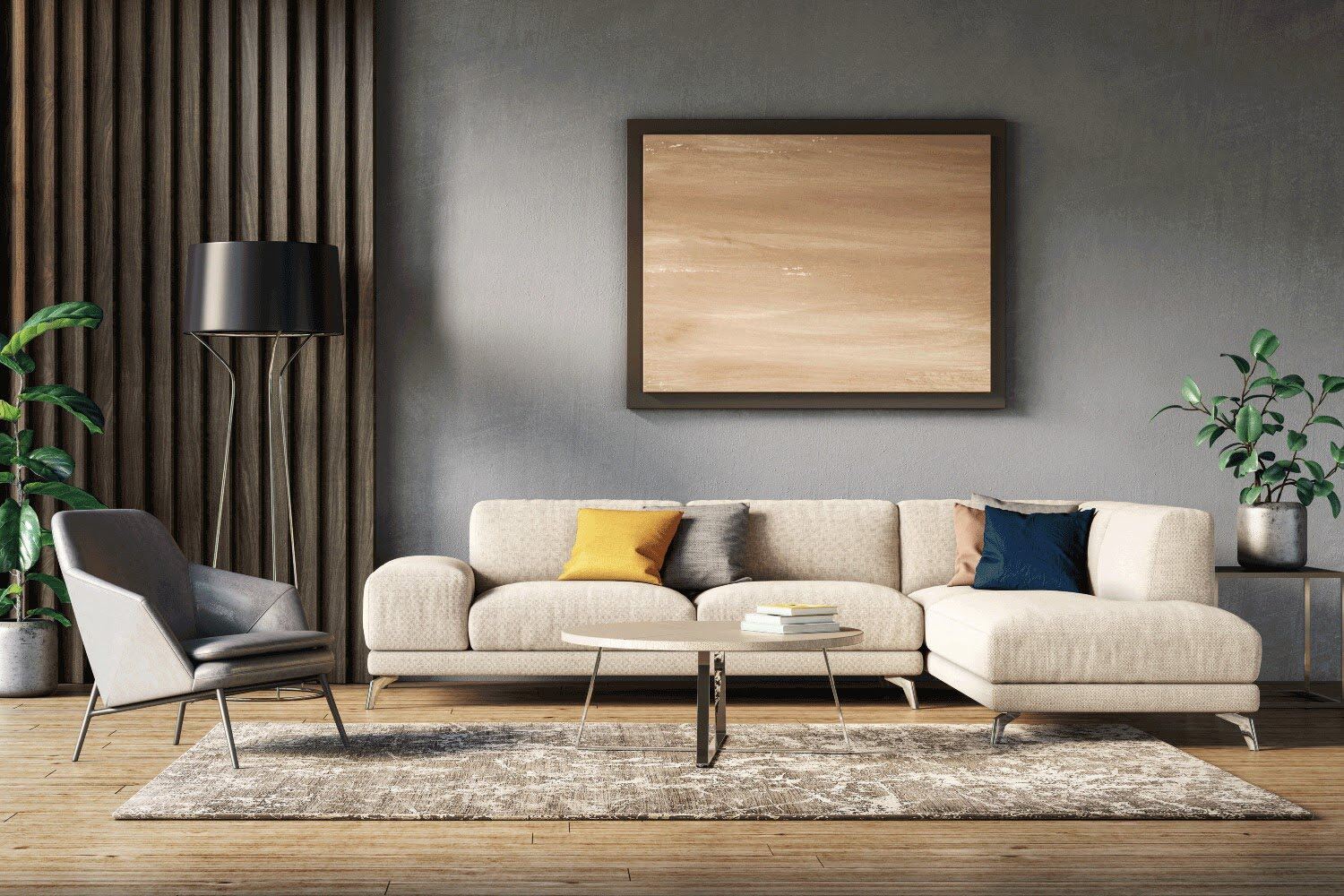
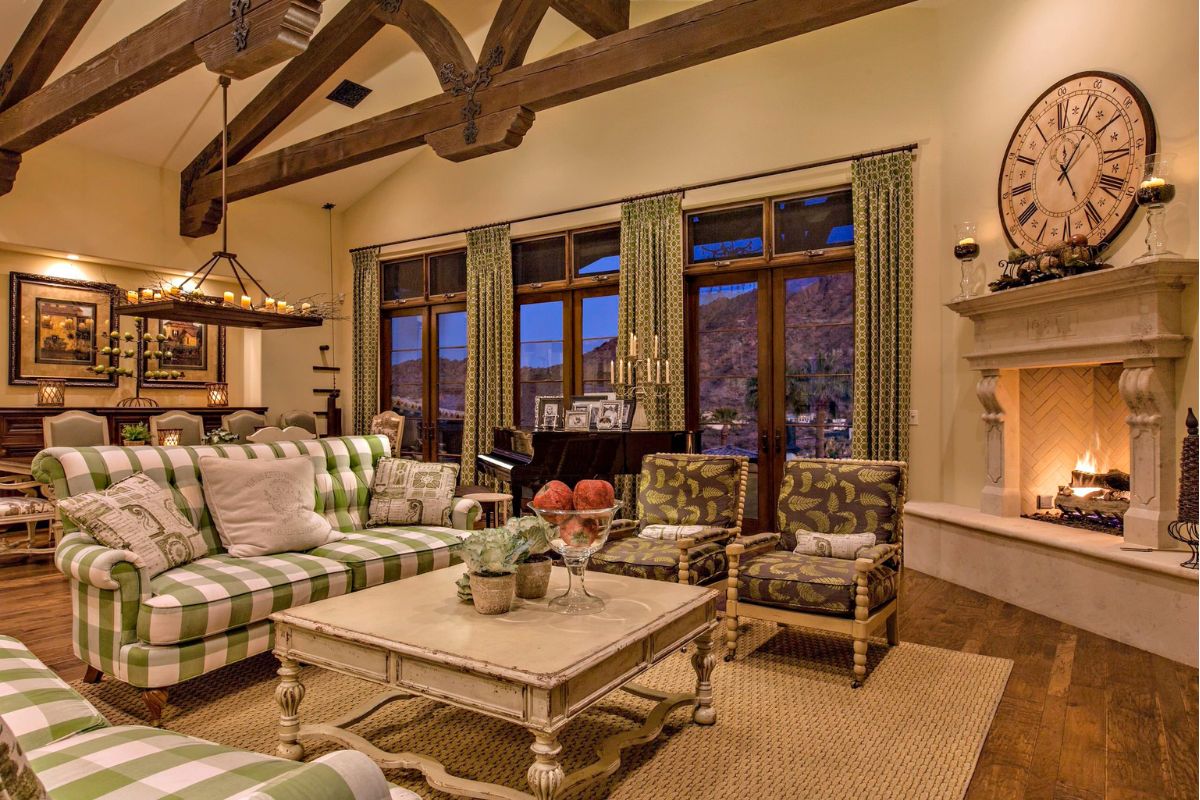
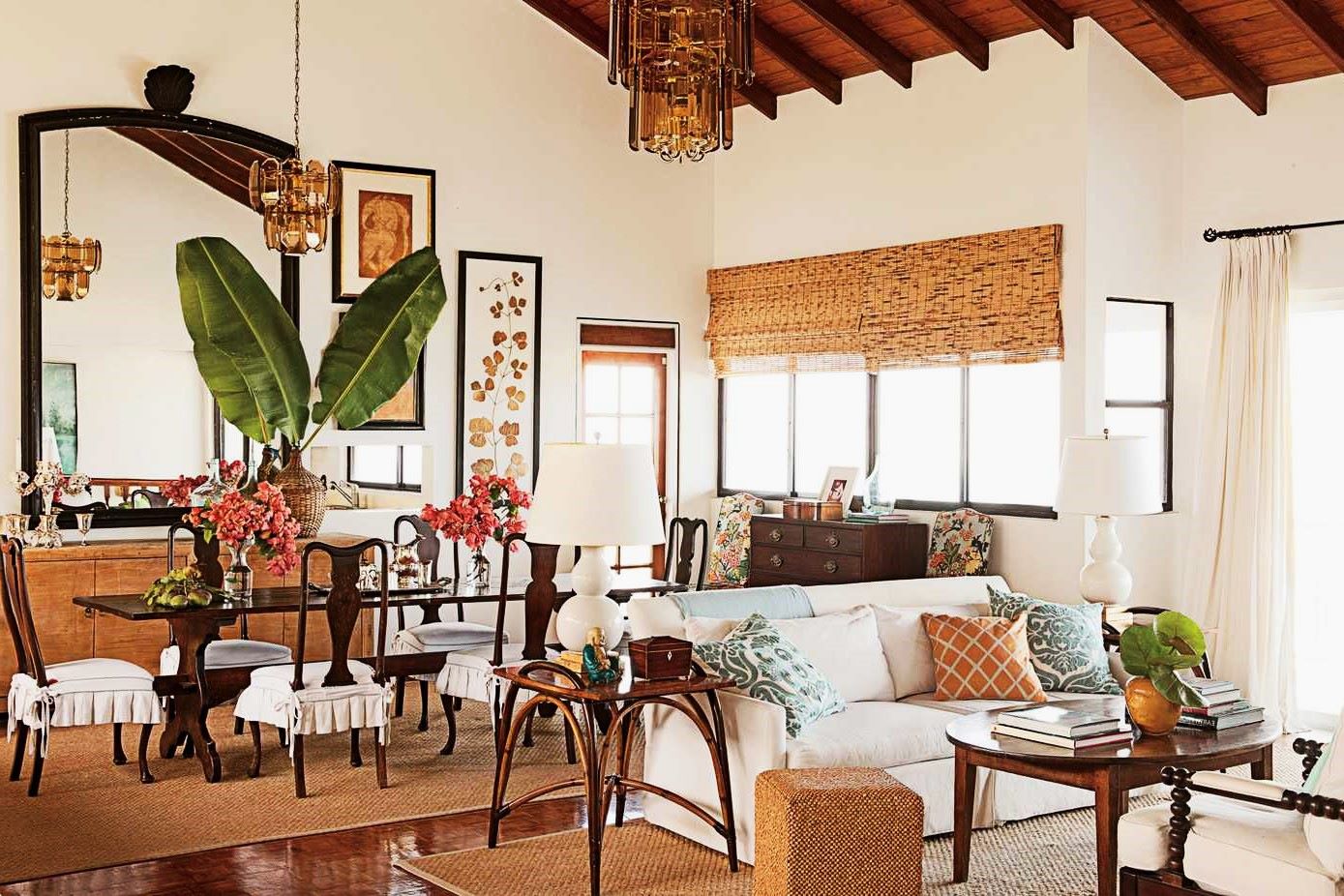
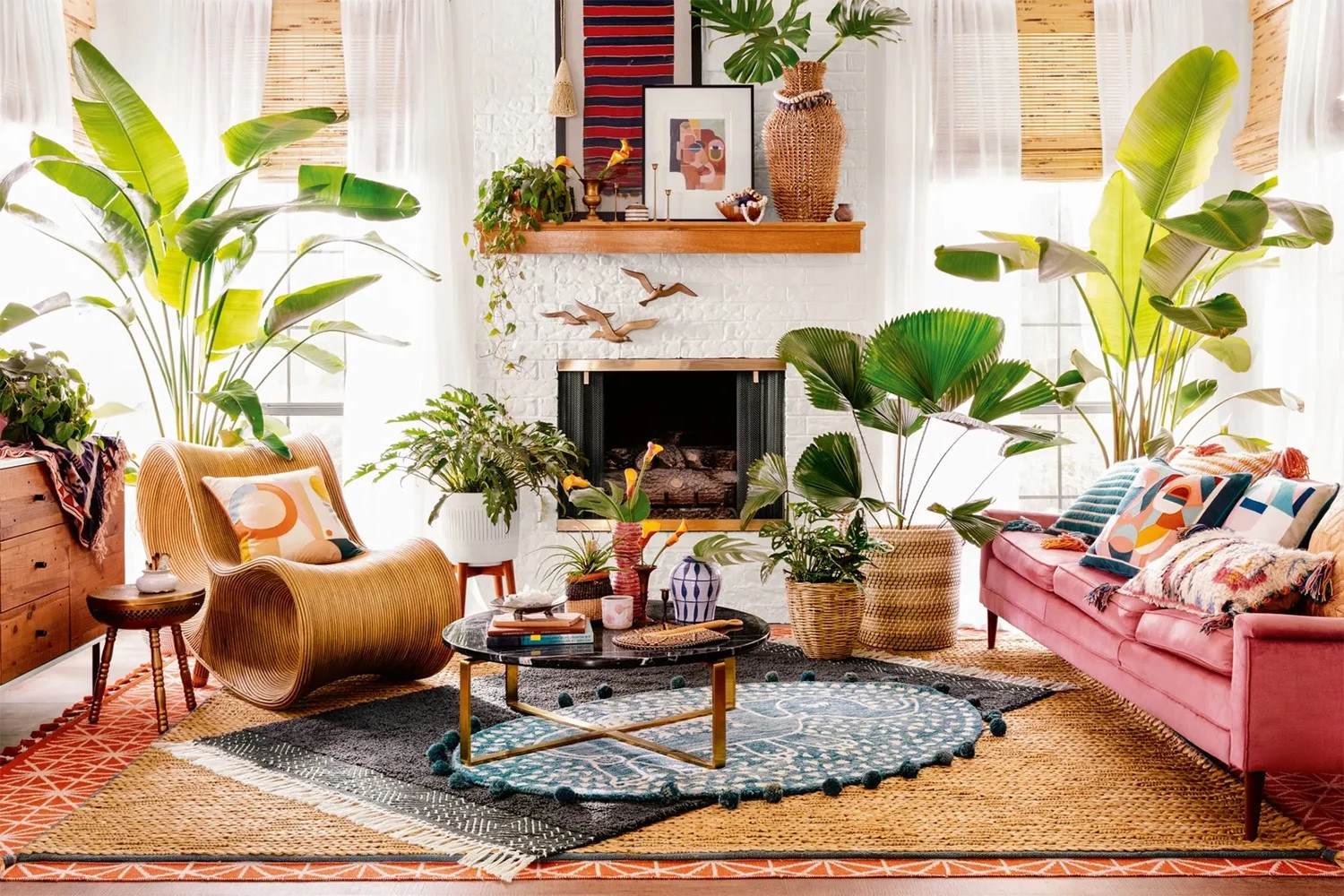
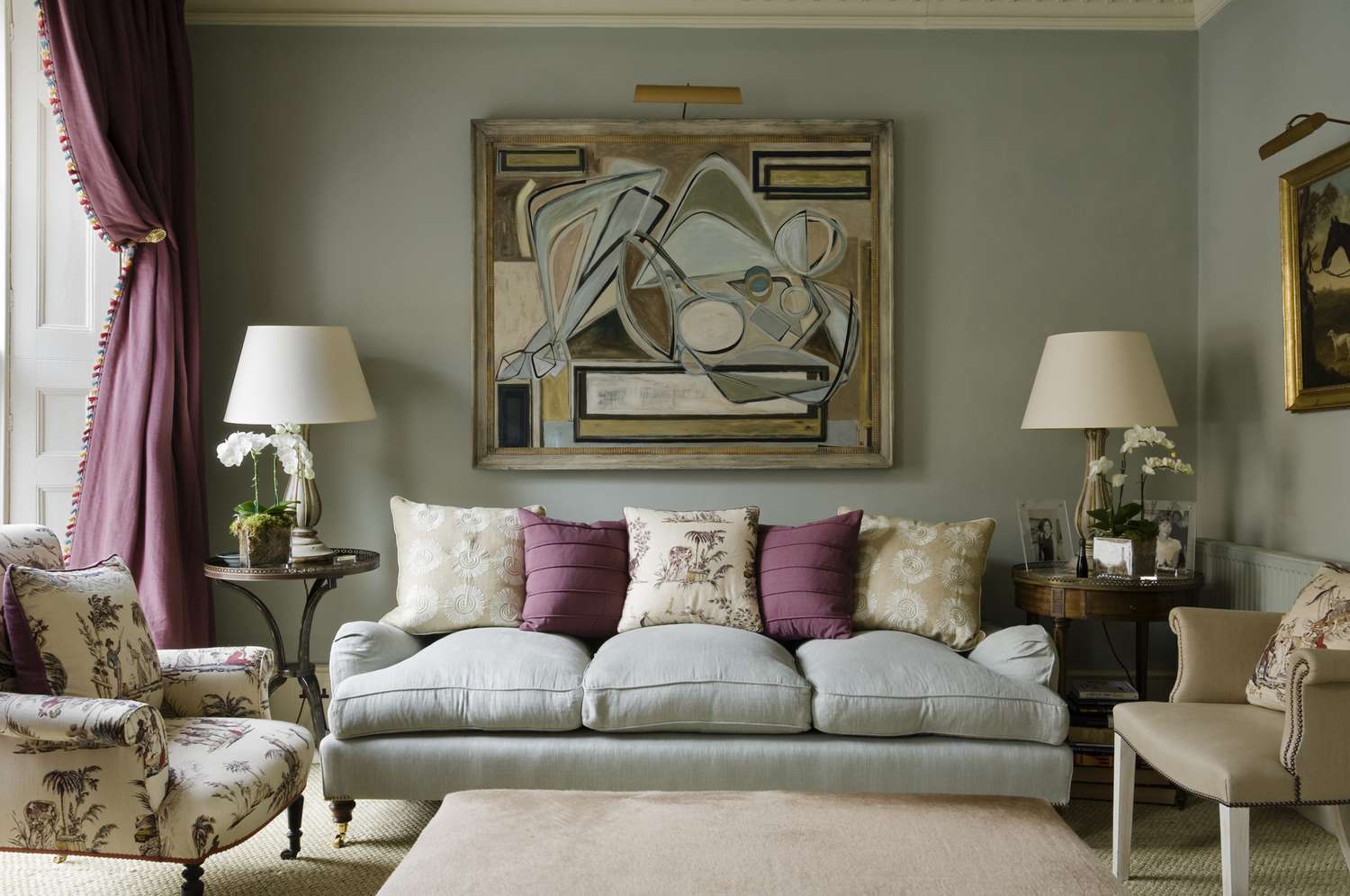
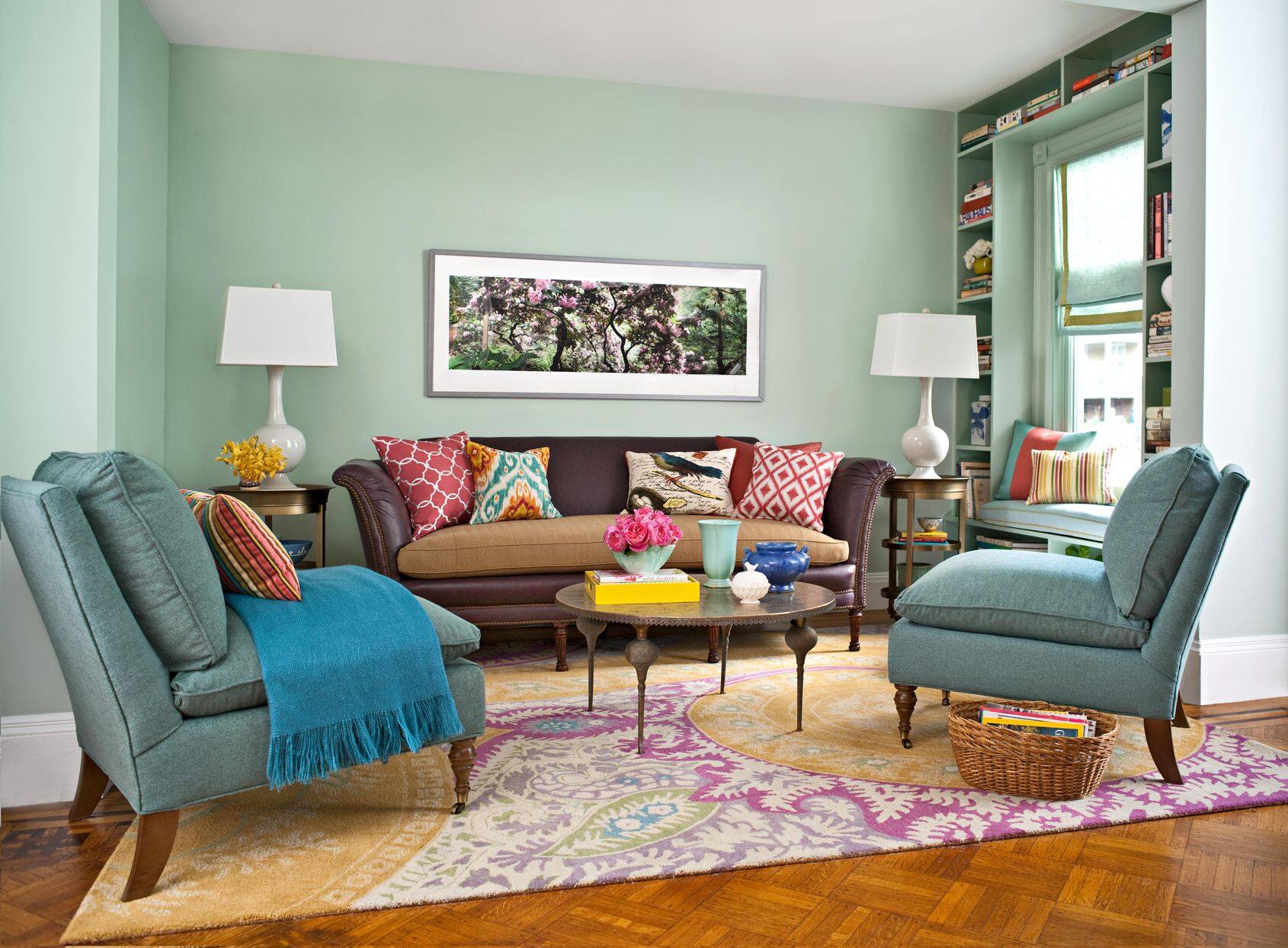

0 thoughts on “How To Pick A Paint Color For Your Living Room”